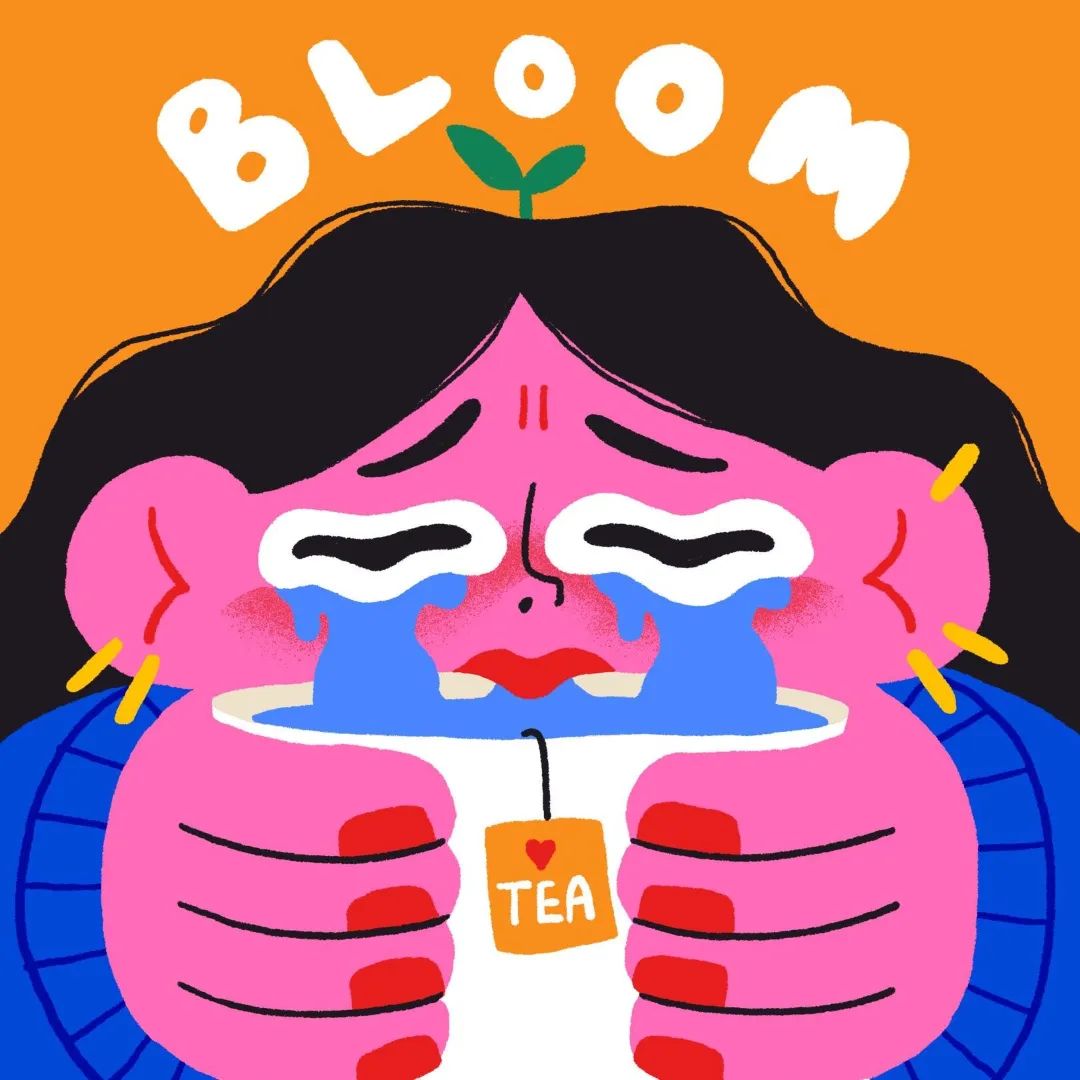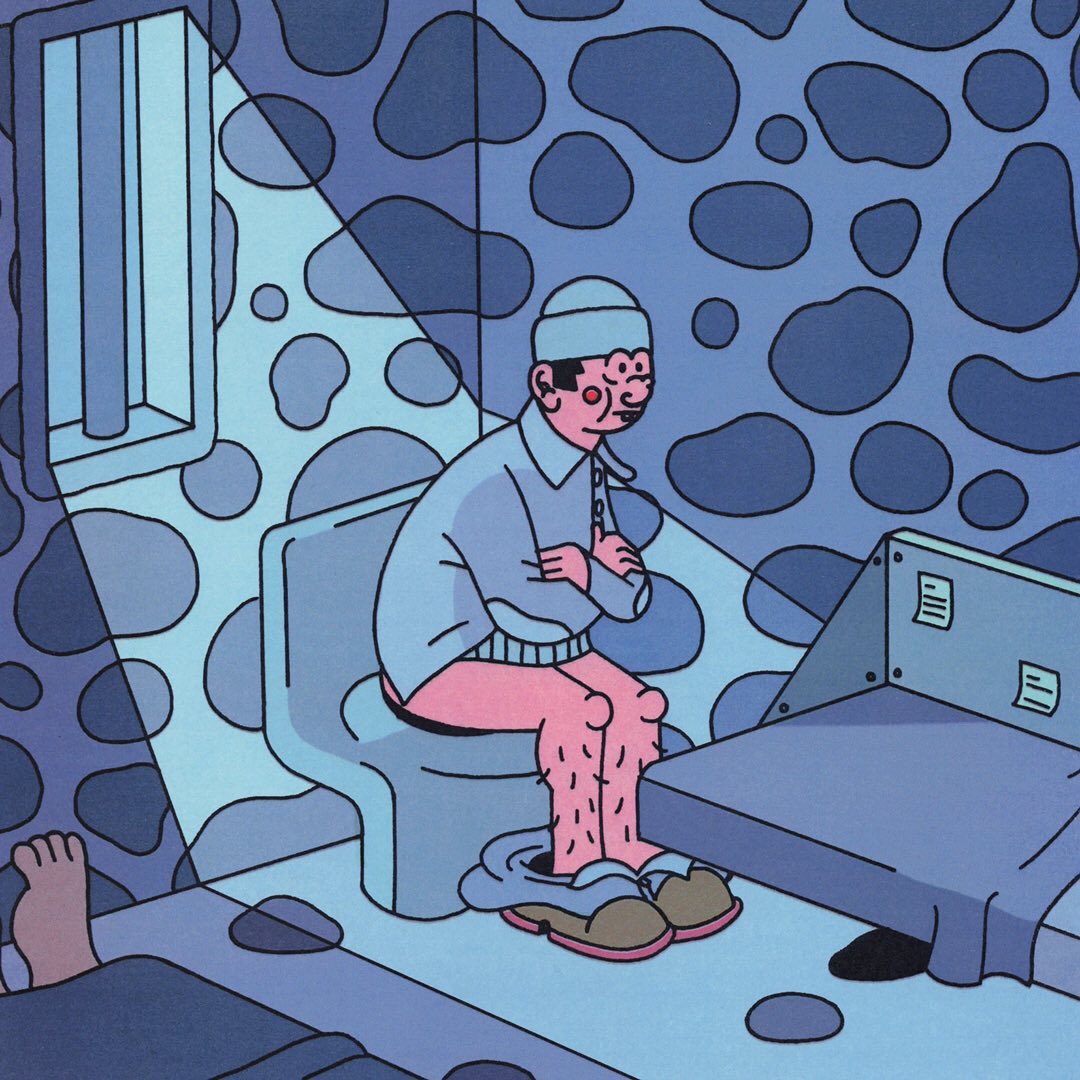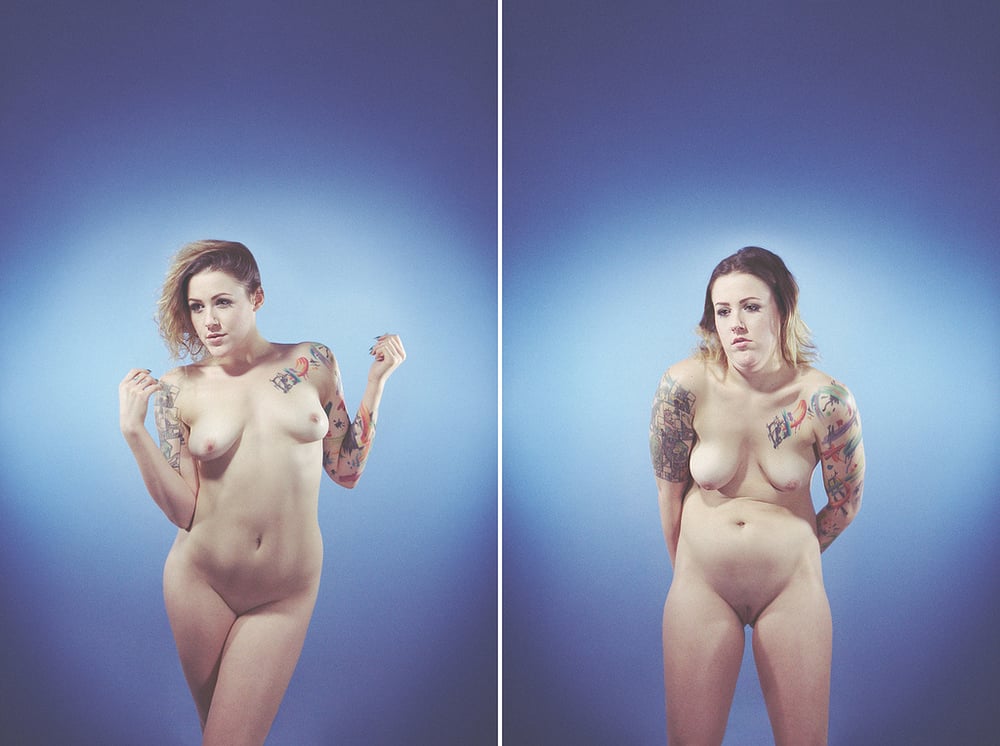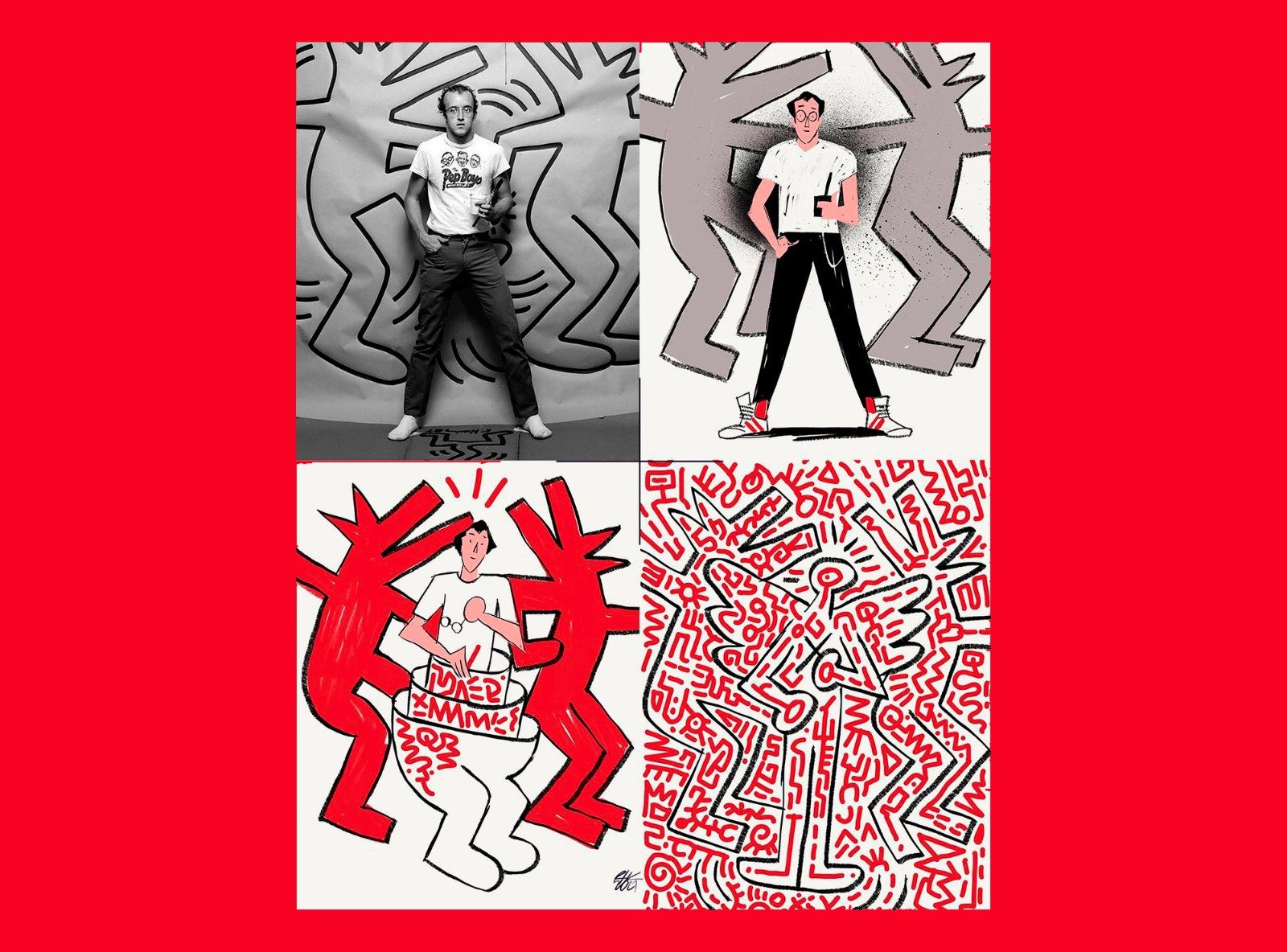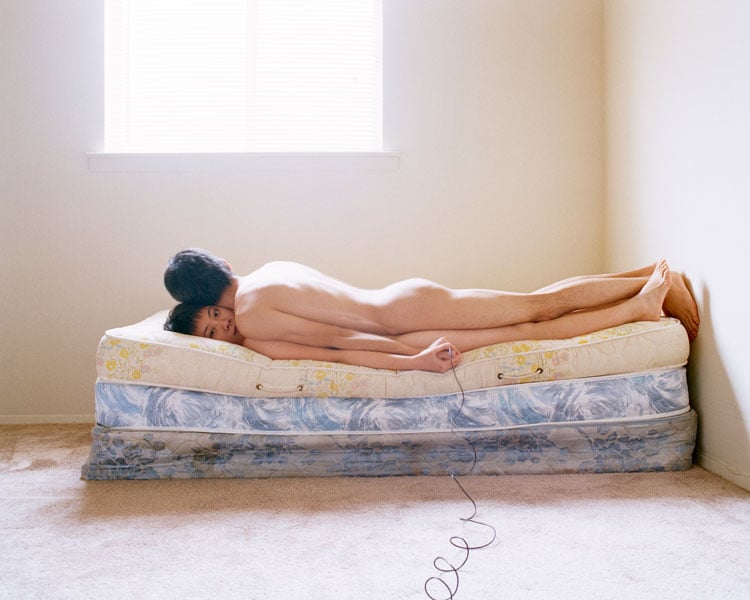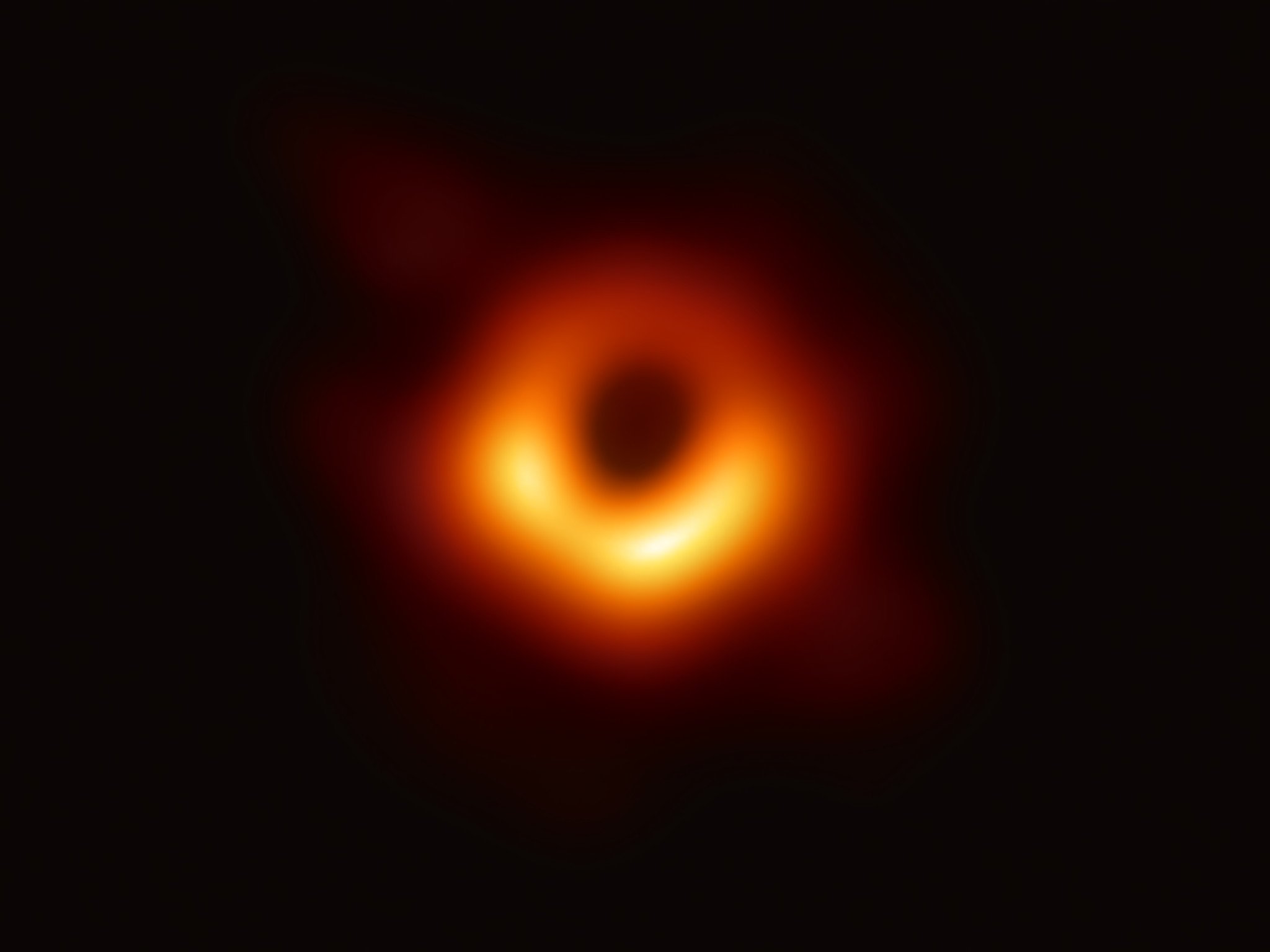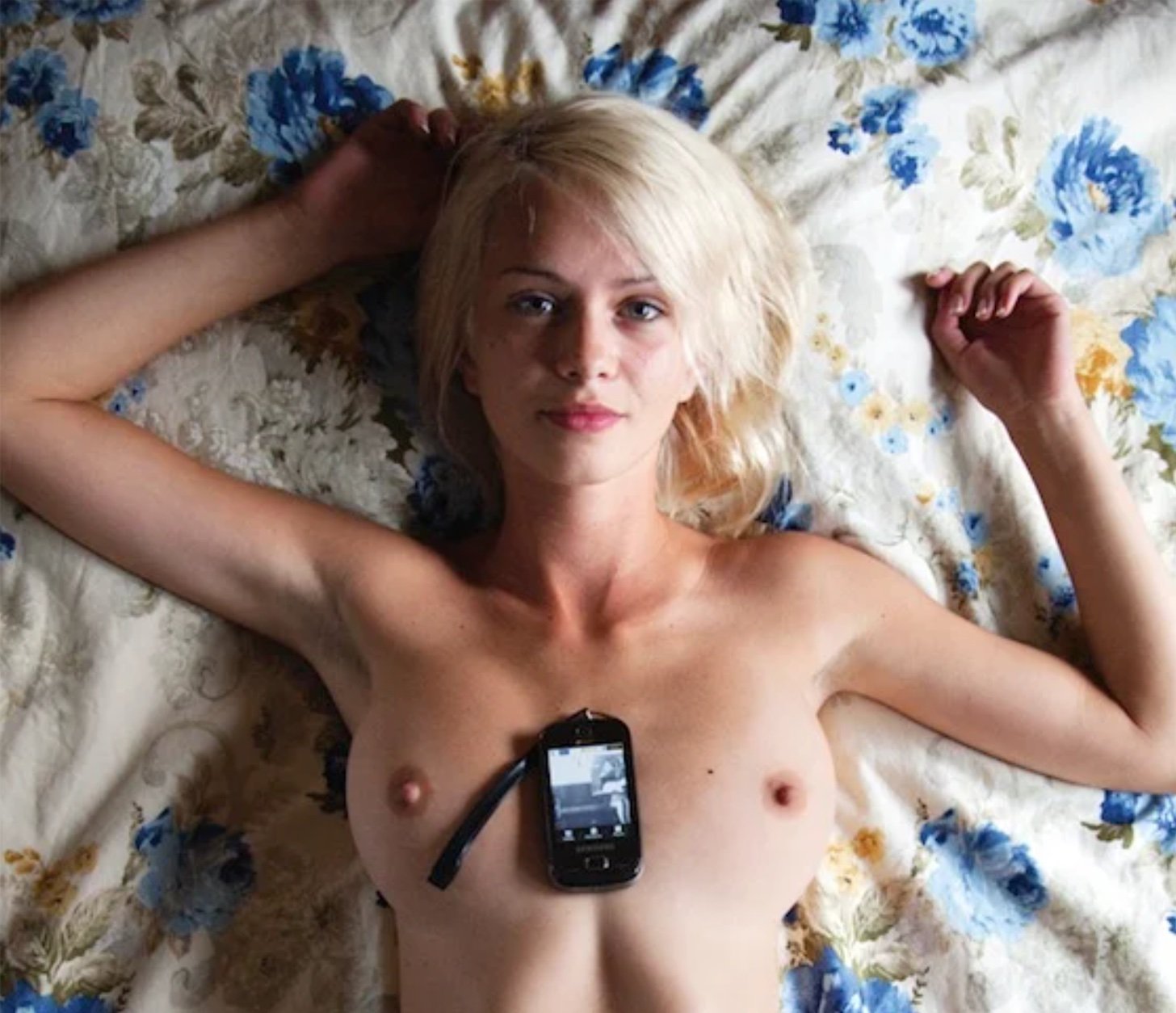If we were to give you a date, April 26, 1937, and ask you what happened that day, probably few would know how to respond. Many would try to recall memories linked to the high school history book or some surprise quiz.
But if we were to say “Guernica,” you would all know what we are talking about. It was April 26, 1937, when during the Spanish Civil War, the pro-Franco aviation flattened the Basque town of Guernica, which at that time was mainly populated by women, elderly, and children. But why do we all know this historical event? Because, although many years have passed since our school days, it is one of those things we cannot forget. If since then Guernica has become synonymous with war, injustice, and atrocity, it is thanks to Pablo Picasso’s eponymous masterpiece, now in Room 205 of the Reina Sofia Museum in Madrid. It is the symbolic case of how art is able to reach where journalism fails and has a strength that survives the test of time and space.
For over seven months, just a three-hour flight away from us, Gaza, a strip of land about 40 kilometers long, has been transformed into the modern Guernica.
The Israeli-Palestinian conflict has always been at the center not of one, but of two narratives, thoughts, alignments: the Western and the Eastern one. For over six months, what is happening in Gaza is always reported in two different ways, and few are those who, staying within the Strip, try by every means, fighting against the lack of internet, electricity, food, water, and medicine, to give as real an image as possible of what is happening. The goal? To make themselves heard. To remove the mute mode that we have applied to the world around us, telling ourselves that it is none of our business. We watch impassively the photos in the newspapers and the news reports as if they had no sound, as if even war, for us, was no longer able to make noise.

“Unmute Gaza” is the name of the project born during the first days of the conflict as a joint effort to allow those images to continue to make noise, and once again, to intensify the strength of the message, art has been chosen as the means to do so.
«Art provides a valuable entry point for complex conversations, especially those in which we tend to desensitize ourselves through fear or sadness. Amid conflicting narratives, art helps us reconnect to our shared humanity, which serves as truth,» commented the creatives behind the project, who prefer to remain anonymous.
We always use their words to explain the initiative: «Unmute Gaza is a collective action led by creative individuals deeply concerned about the ongoing genocide and destruction in Gaza. The project was born with the aim of amplifying the voices of photojournalists in Gaza through collaboration with visual artists, creating a bridge between artists, photojournalists, and the public. […] The project started in the early days of the conflict as a creative response to the worrying silence from governments and media about the situation in Gaza. The ethics of photojournalism prohibit the modification of images and ensure that the captured reality is unfiltered, without the risk of misinformation and fake news. Through their images, we have worked with artists to reimagine this reality, encouraging the public to print and display them on the streets.»

By going to the Unmute Gaza website, you will find over 40 artworks created by as many international artists, including Shepard Fairey alias OBEY, Gonzalo Borondo, Eron, Levalet, Paola Delfin, who have interpreted the snapshots of the photojournalists active in Gaza with their own style. Being a collective action, any artist is free to contribute their personal contribution to this project, but it doesn’t end there. Each artwork can be freely downloaded by anyone, in any format, and printed. This is how the streets of over 175 cities have been filled with these images, posters of not wanting to stop listening.



The artist here plays the role of a witness to history, as Gonzalo Borondo points out: «in our society, artists have the opportunity to express their thoughts about contemporaneity, and I believe that in cases of human barbarism like that of Gaza, it is important for them to express their concerns about it. […] Projects like Unmute Gaza are important because they speak of a reality that sometimes seems to have disappeared, in which artists can create social movements that amplify an idea, a thought. Art can truly have the function of overturning the classic lines of communication.»
The thoughts of the Spanish artist are aligned with those of the Mexican artist Paola Delfin, who stated: «as artists, we can choose not only to be witnesses but to actively participate with our work because art can transcend languages, cultural differences, and ideas, it can speak to everyone.»


Not everyone thinks the same way, for example, according to the French street artist Levalet, «not necessarily should an artist be assigned a role in telling what happens in his time. Socially, this role is rather attributed to journalists and the press.» He wants to add, however, that surely «art can operate on another level and involve the viewer where he least expects it. The main power of art is to take a different path from the direct approach of journalism.»

All of them actively responded to the call of Unmute Gaza, each participating with an artwork that has a photograph taken by a photojournalist in the field as its starting point. It is fair to always remember this, as Paola Delfin insisted, who declared: «as we have seen now more than ever, sometimes the voices of journalists and photojournalists are suffocated by the media that choose to tell these stories with many biases. I believe that Unmute Gaza acts as a partner to these journalists, who are the main protagonists, active in the field, and we artists can contribute to communicating the impact of their work.»

The only thing not to do is to take for granted that for these artists it is easy to take a stand, especially on social media. According to Levalet, «dealing with certain issues can be harmful for the artist to the extent that supporting a cause means alienating those who fight against this cause, or simply those who don’t want to hear about it.» Gonzalo Borondo also agrees, saying that «it can certainly be counterproductive for an artist’s path to be part of a train of thought, especially today, in a society where everyone tries to be ‘polite.’ But if we all think the same, things will never change.»
Paola Delfin shares the same opinion, according to her: «it could be considered counterproductive to address certain topics only if the goal is to never touch on ‘sensitive’ topics and never deviate from the thinking of one’s audience. […] It is much more counterproductive not to follow one’s truth and not to support what one believes in.»
Unmute Gaza shows us once again that art continues to be able to transcend boundaries. Art still has the strength of a century ago, that strength that is not only inside Room 205 of the Reina Sofia Museum in Madrid, but also on its facade, where OBEY’s poster for Unmute Gaza has been hung in a giant format, and it is in hundreds of other cities where millions of people fight total apathy by choosing every day to hear the noise of the images and amplify it.

Photo cover © Greenpeace/Mario Gomez



